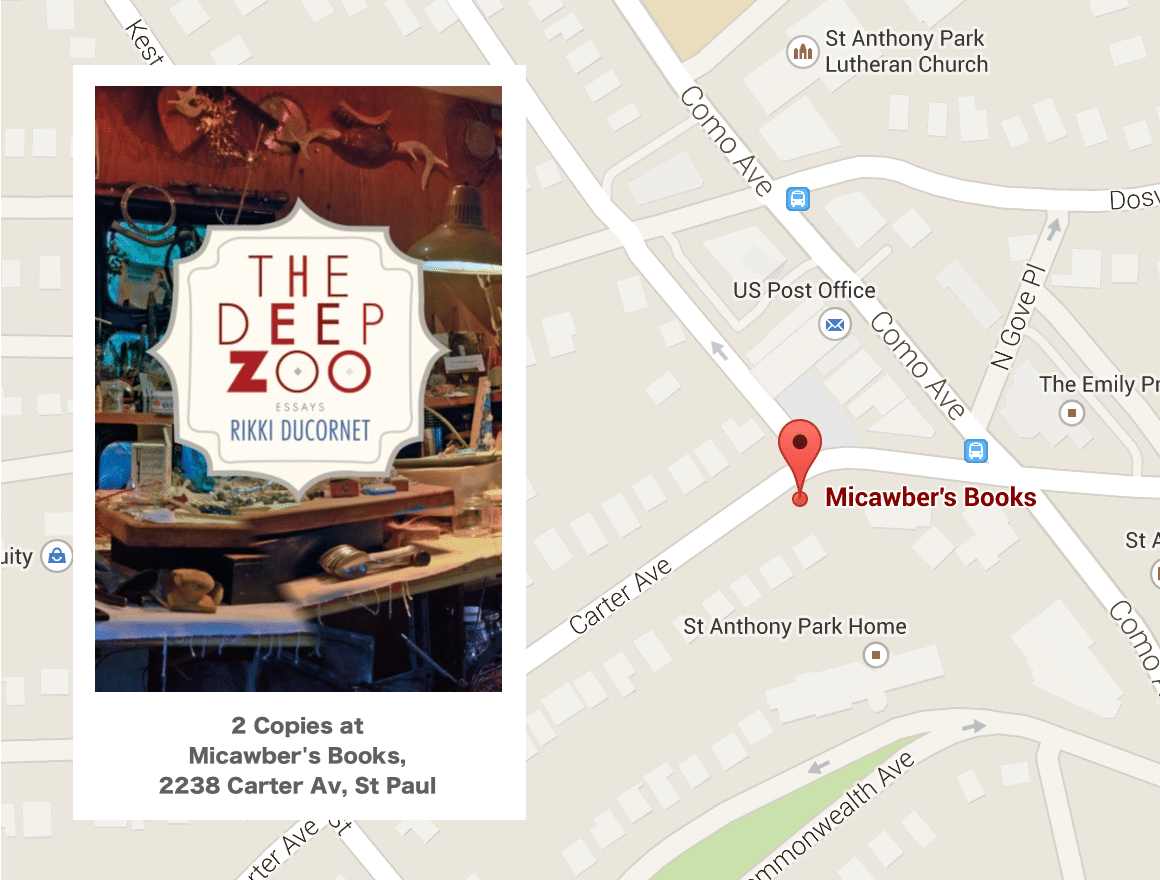“Webrooming” is the reverse of “showrooming.” Showrooming refers to the practice of shopping in local stores, but buying online. Webrooming, on the other hand, is researching items online but then purchasing in local stores. According to a Harris poll in December, a whopping 69% of respondents said they webroomed, while 49% said they showroomed. For almost every retail category—appliances, clothing, electronics—consumers prefer to shop in person after browsing products online, according to the poll. The exception, unfortunately, was books, where consumers top choice for purchasing was online, at 43%. (Second highest, tragically, was “I don’t buy this item.”) Here are some guesses about why, and an idea that could change those dismal statistics.
Why Showrooming is Bad for Publishers and Authors
While eBook growth has flattened and print appears to have staged a modest resurgence, the continued weakness of bookstores poses long-term problems for both publishers and authors. Online bookselling is dominated by a monopolist—Amazon, obviously—who uses books as loss leaders to build strength across all retail categories, putting enormous pressure on physical bookstores and devaluing books across the board. Amazon actively encourages showrooming, with software enabling people browsing in a bookstore to comparison shop and order directly from their mobile device. The consequence is that the bookstore foots the bill for the inviting space in which to browse while Amazon reaps the sales. For categories in which the visual and physical attributes of the book are the main selling points, such as art books, showrooming is deadly: stores cannot afford to display a book if consumers are just going to buy it from Amazon, which sells expensive books at prices no physical bookstore can match. The result is that museum stores and other venues that used to carry good selections of art books can’t afford to any more. If people can’t see and handle these books they won’t buy them, and the whole category suffers.
Obviously not all categories are negatively affected by showrooming: genre fiction is booming (though long term total dollars will likely decline because of publishers caving to the idiotic idea of subscriptions). And eBooks’ natural venue is obviously online—showrooming only affects print editions. But it is not just art books that are affected by the decline of display space. Physical bookstores allow for the discovery of all kinds of books to take place, as well as hand-selling by knowledgeable booksellers, in ways that spurious online reviews and algorithms cannot match. Physical bookstores are critical to a rich bookselling market, and they are being crippled by Amazon’s use of books as loss leaders.
Why Don’t Consumers Webroom Books?
Why don’t consumers browse online and then pick up the books locally, as they do with other product categories? Here’s some speculation.
According to a fascinating report from Columbia University, people webroom for three main reasons:
- They need the product right way.
- They don’t want to wait for online shipping.
- It is more convenient to buy in the store.
Other factors include: preferring to buy local, customer service in store, better return policies, trusting a store more than an online retailer.
So what are the barriers to satisfying these needs for book buyers? Let’s review point by point:
They need the product right away.
Let’s say your book club has decided on On Immunity by Eula Biss for the next discussion, which happens to be three days from now. You prefer to read the print edition, and in any event your daughter is going to read it too so print is more convenient. You would prefer just to go the store and buy it but have no idea where it is available locally. Who knows if your local independent bookstore, chain bookstore, Target, or Costco have it? And you know if it is a book club selection the library copies will all be checked out. Granted, you could make phone calls, but it is much less time-consuming to just order online.
They don’t want to wait for online shipping.
Same as the first: who knows whether the book is even available locally?
More convenient to buy in the store.
I would argue that a local retailer should already have this one nailed, particularly if a shopping trip involves purchasing other items available at the same store or nearby. The other factors—preferring to buy local, customer service in store, better return policies, trust a store more than an online retailer—are also already tilted in the local stores’ favor.
The Missing Piece: Inventory Information
The key barrier to webrooming among book buyers is thus knowledge of local availability. If you are shopping for a television, you know that Best Buy or Costco is going to have the model you are interested in or something comparable. There is currently no way of knowing for sure if local stores carry a book you just read a rave review for.
What is needed is geolocation for books: a website/app that not only displays the relevant information for a given title, but shows you where copies are available locally. Booksellers of all stripes—chains, indies, discounters—would provide current inventory data for all their locations, as would libraries. Real-time inventory is tricky to track, so a messaging feature would enable instantly checking with a particular store to confirm availability and to hold. The iOS app version could even enable purchasing via Apple Pay, with quick pickup making the whole process even more convenient.
Obviously this would be a challenge, not so much technically, but in terms of marketing the service and getting the retailers and libraries to make their data available. There are several options for the business model: affiliate fees from retailers, co-op advertising dollars from publishers, other advertising.
How likely is this to happen? Not very, unless Google—or the wholesaler Ingram, who would likely benefit more than any other entity because their retailer customers would benefit—chose to move it forward.
But I can dream, right?

